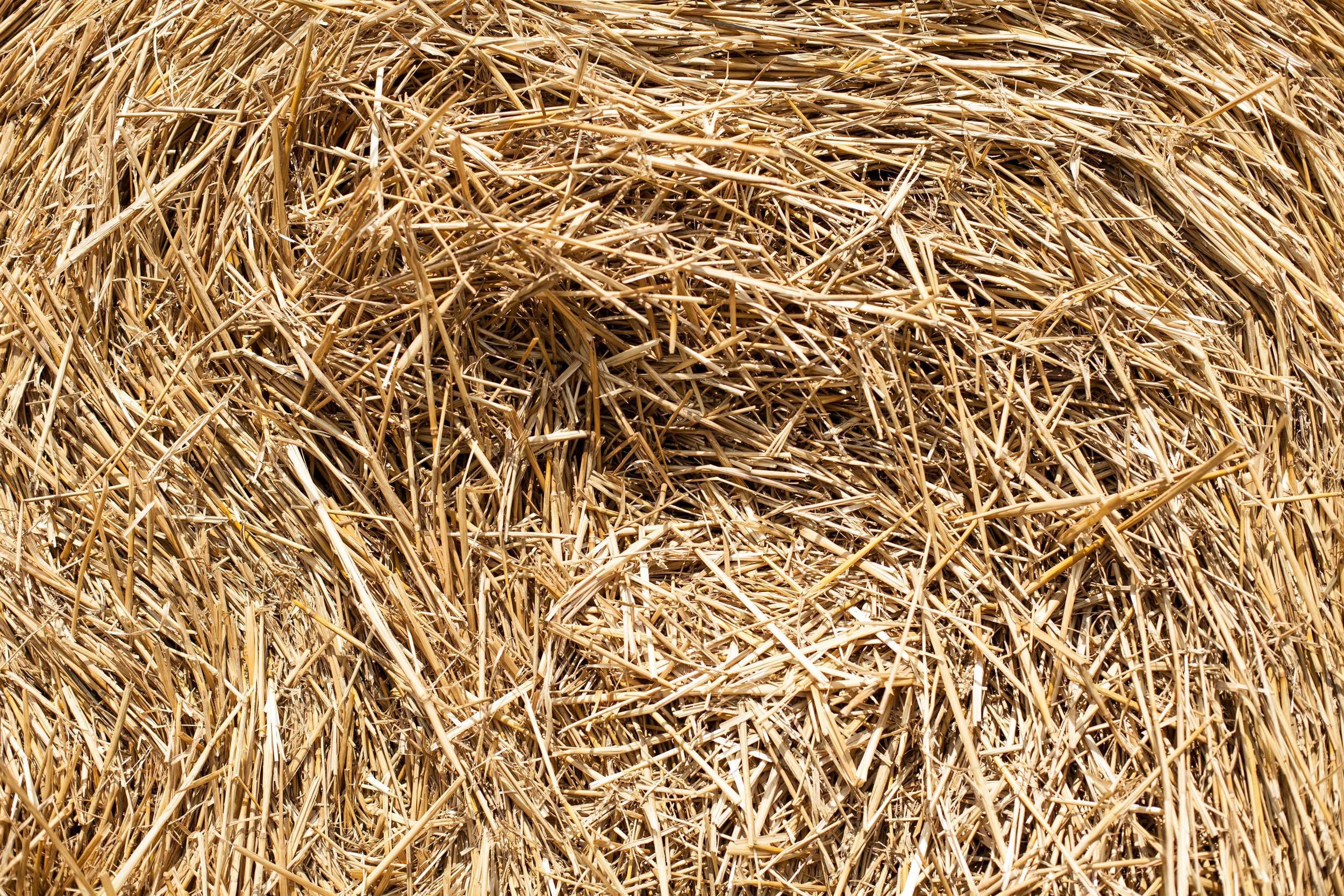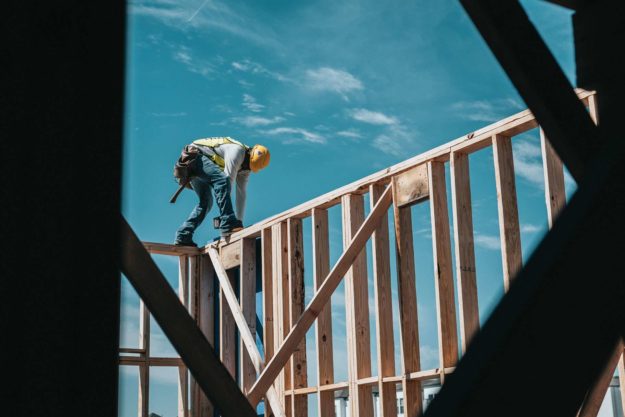Like the forests and the oceans, our buildings could soon act as carbon sinks by capturing CO2 in their walls. For this to happen, bio-based—or plant-based—materials have to be widely adopted by construction professionals. At a time when the construction sector accounts for 37% of all greenhouse gases worldwide, such a development would be a paradigm shift. It would contribute to stabilizing the quantity of atmospheric CO2 and would have a positive influence on the climate, ecosystems and biodiversity.
The use of bio-based materials would also reduce imports—which represent 2/3 of building-related emissions—thanks to their short and local supply chains. Therefore, adopting bio-based materials by the construction sector is an essential part of efforts to meet Switzerland’s carbon neutrality objectives, according to Thomas Jusselme, associate professor in building energy efficiency at the ENERGY institute of the HEIA-FR and at the Smart Living Lab. However, before the approach can be developed on a national scale and begin to deliver on its promises, a few crucial questions have to be carefully assessed. These are precisely the questions that Prof. Jusselme seeks to address with his BioLoop research project.
How much biogenic carbon—that is, plant-produced carbon—would it be feasible to sequester in Switzerland’s built environment? What quantities of bio-based materials would local supply chains be able to provide? How would the end of life of these materials be managed, given the risk of zero profit if captured CO2 is released at the end of the cycle? Switzerland has defined appropriate carbon budgets for the country’s construction projects, but what about promoting negative carbon budgets—precisely the kind that would offset the effects of global warming and thus truly enable the attainment of Switzerland’s carbon neutrality objectives? To answer these and other crucial questions, Project BioLoop will carry out an exhaustive analysis of bio-based materials and their use in the built environment.

The project’s expected results will be valuable to a variety of actors, including scientists, architects, engineers, industrial partners and public officials. The availability of a comprehensive and precise study of bio-based materials in relation to the construction market of the future will facilitate the wider adoption of these practices.
Contact

Thomas Jusselme
-design and construction processes
-low carbon and reusable
The project at a glance
- Identification and evaluation of bio-based materials
- Modeling of the building stock to analyze the long-term evolution of parameters influencing emissions (rate of renovation, new constructions, lifetimes, etc.)
- Definition of the building system archetypes made of bio-based materials that will be available for new houses and for renovations, in order to estimate demand for these materials
- Analysis of this demand in relation to the current and future capacity of local bio-based material supply chains
